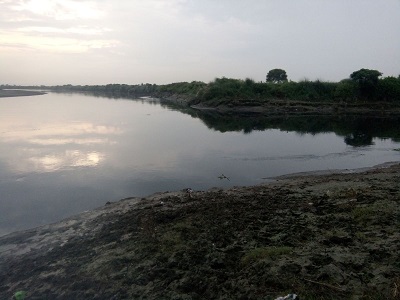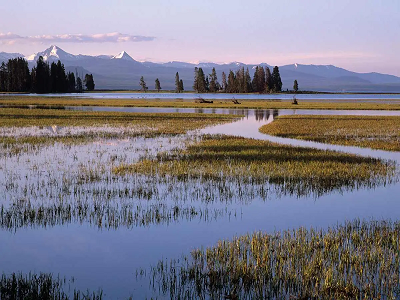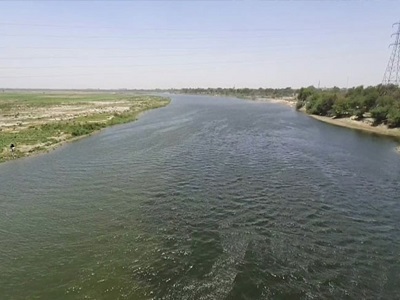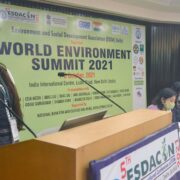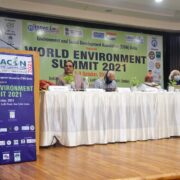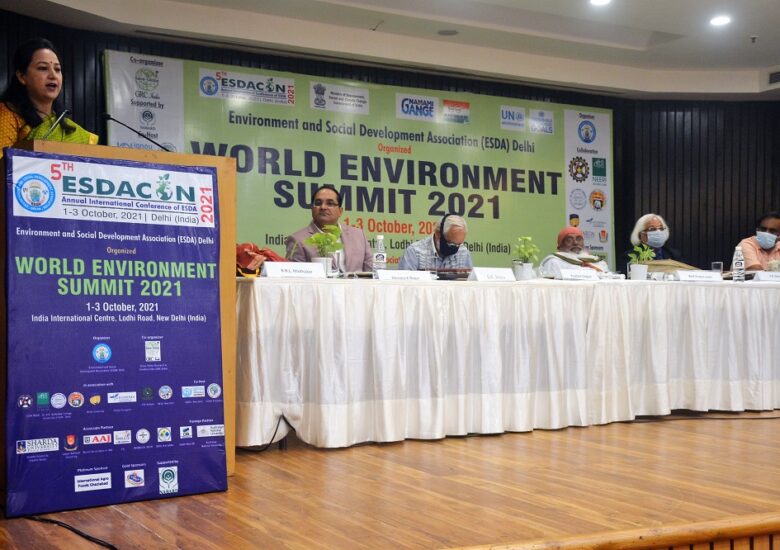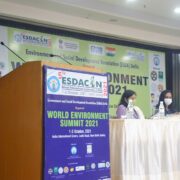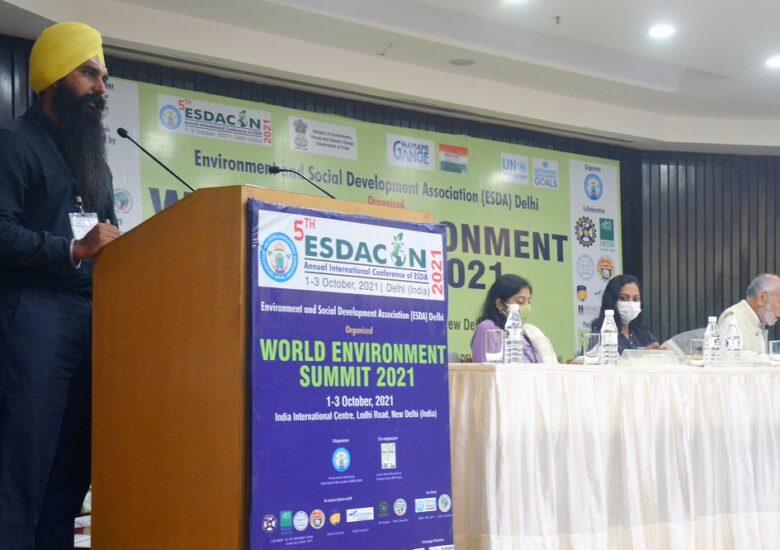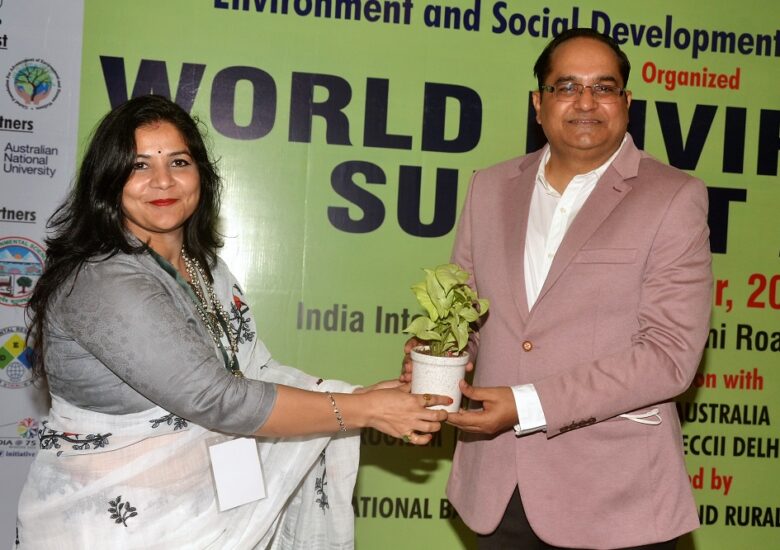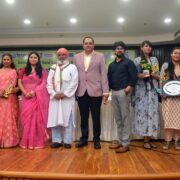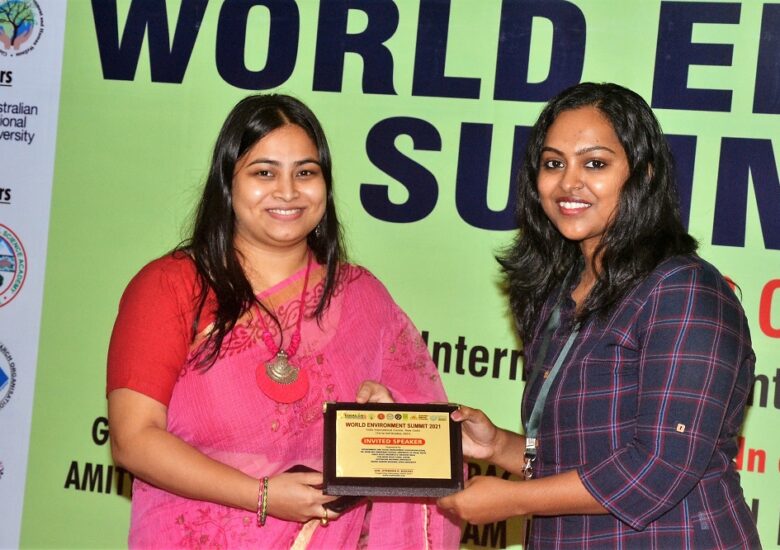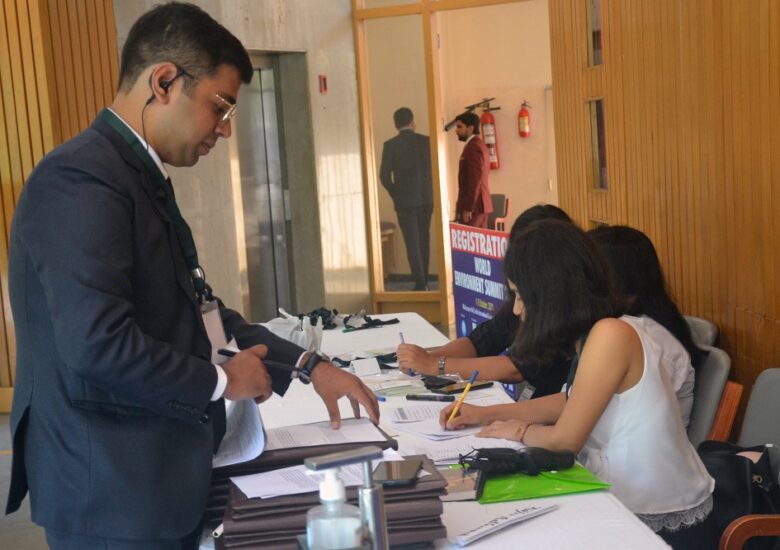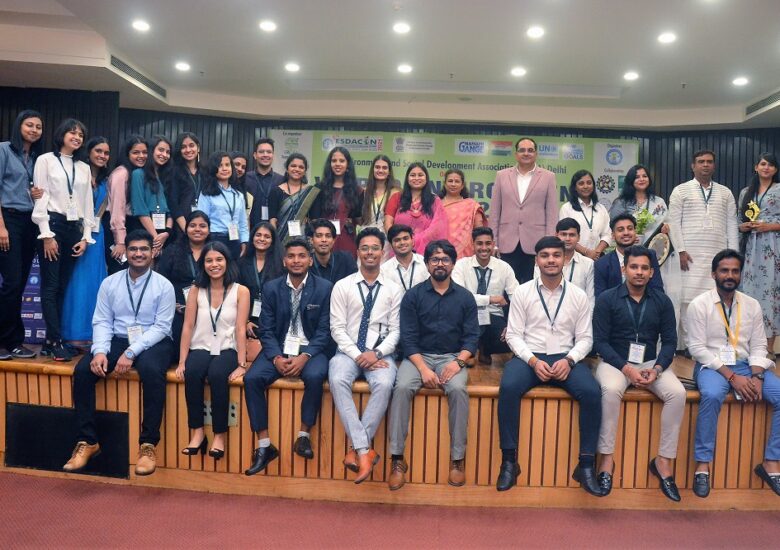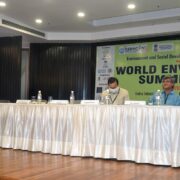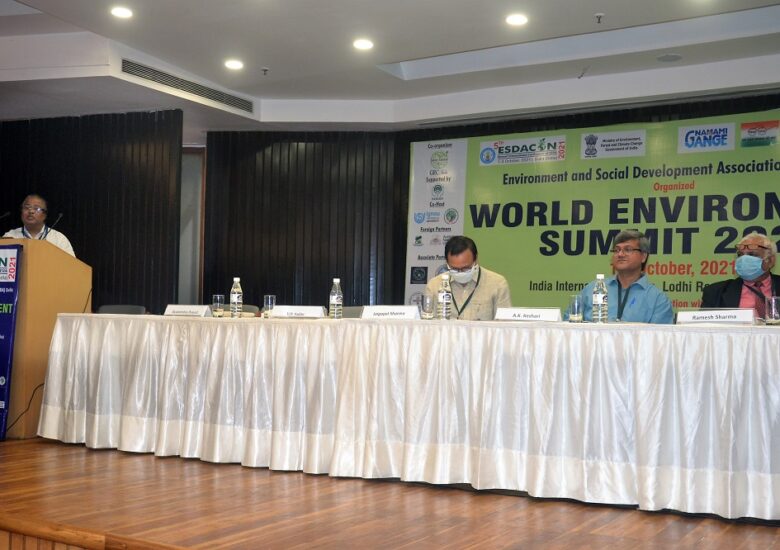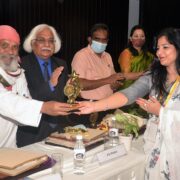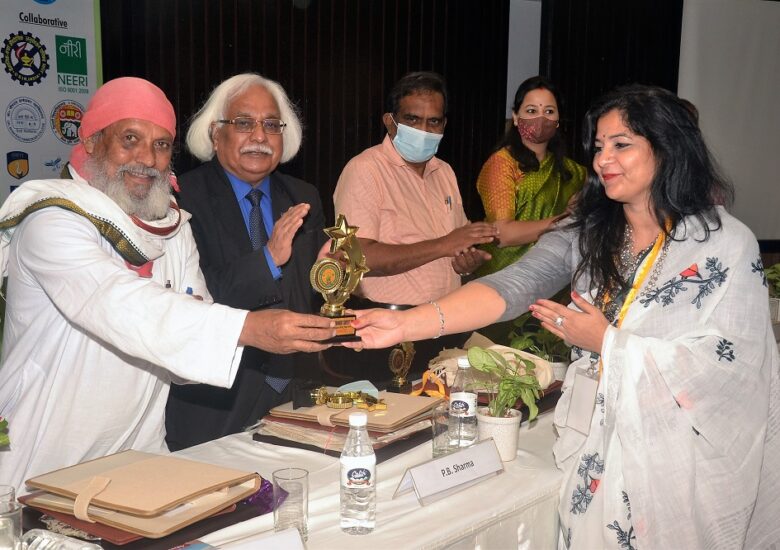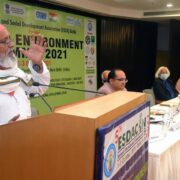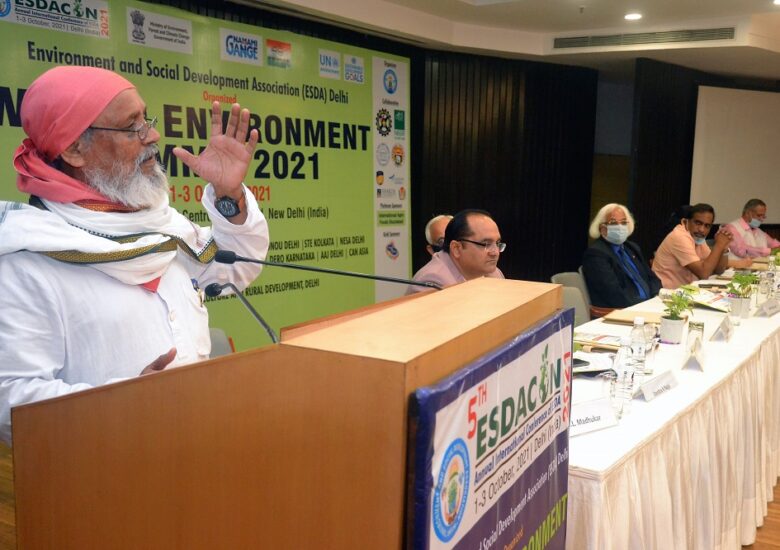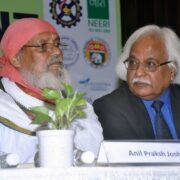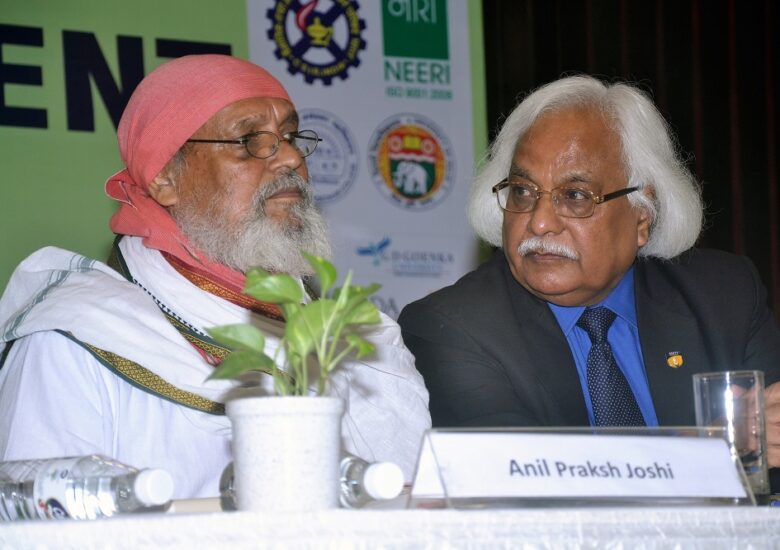Jal Kranti Mission
About Jal Kranti Mission
On 22nd March 2019, on the occasion of World Water Day,
The Jal Kranti Mission was
started by the Environment and Social Development Association (ESDA India) with
aim of ‘water conservation by public participation’. The primary objective of the mission is to conserve ecological asset i.e. wholesomeness of water resources in India, simultaneously minimizing the wastage of water. Today, this kind of "water revolution" is profoundly needed to save the country from the water crisis.
The ESDA India is working on water conservation since its inception but formally started in
2006 by a campaign of ‘save water’. The ESDA team organized several awareness
programs, seminars, conferences, Jal-Manthan and Jal Panchayats to create awareness and
sensitize the citizens of India especially students, youth and farmers on burning issue of
water conservation & management. The restoration of various ponds of Western U.P.,
participation for cleaning Yamuna River and efforts for conservation of Hindon River was
carried by ESDA Team. To bring the awareness among the individuals regarding saving
water, variety of Nukkad-Nataks have been organized with distribution of the pamphlets at
schools, colleges and residential colonies.
(Read-More)
Background
Water resources are of paramount importance for the sustenance of life on planet Earth, as they say “No Water No Life” . Every year, the extant of research and technology focus on water conservation, spanning the related campaigns and awareness projects across the globe, alerting the need to preserve the vital source of life for all. 70% of the planet's surface is covered with water. By far the largest volume is salt water and only 2.5% are fresh water. India is having a rich repertoire of water sources with 4% of world’s water resources, yet serving to be a home to nearly 18 % of the world's population covering about 2.45 % of world’s surface area. The total water available from precipitation in India in a year is about 4,000 cubic km.
Surface Water in India
There are four major sources of surface water in India. These are rivers, lakes, ponds, and tanks. The rivers have been the heart and soul of the India’s growth as well as culture. Among them, 12 rivers are classified as major river which are catering about 253 mha of catchment area and 46 as Medium River with 24.6 mha of catchment area. Many of the river systems with their tributaries are perennial and some of them are seasonal. The Ganga-Brahmaputra-Meghna system is the largest river system in India with 43% of the catchment area of the all major river systems. The other major river systems are Indus, Sabarmati, Mahi, Narmada, Tapi, Brahmani, Mahanadi, Godavari, Krishna, Pennar and Cauvery. Apart from that, there are several other medium rivers systems of which Subernarekha (with 1.9 mha catchment area) is the largest (Dhawan 2017, Central Water Commission 2015).
Ground Water in India
Ground water is a replenishable resource. The agriculture, industrial and domestic sectors majorly depend on ground water. Annual utilizable ground water resources in India are assessed as 433 bcm. The main source of ground water is the recharge from monsoon precipitation i.e. about 58%.
Water Demand and Utilization
India is one of the most populous countries in the world, which supports about 17.1% (> 1.3 billion) of world’s population and about 500 millions of livestock population that accounts for 20% of world’s livestock population (Gangwar 2013). In last three decades remarkable economic growth is observed in India. Booming economics, population growth and rapid urbanization have considerable impact on India’s water demand. Changes in the food consumption, lifestyle and landuse pattern also play a major role in water requirement. India's total annual utilizable water resources is 1123 bcm (690 bcm surface water + 433bcm ground water). On account of rapid economic and demographic change, the water demands in all the sectors are increasing. According to the projections by National Commission on Integrated Water Resources Development (NCIWRD) the irrigation sector alone is going to need additional 71 bcm by 2025 and 250 bcm of water by 2050 compared to the demands of 2010 (Press Information Bureau 2013).
Water crises and pollution
Change in developmental patterns and increasing demands have resulted in changes to the characteristics of water in India. The ground water is more depleted, less available and surface water is prone to get more and more polluted and unfit for human consumption. Thus, both good water quality and quantity is essential for human health as well as the ecosystem. However, to ensure sufficient healthy water for all has become a big challenge now. About 70% of surface water resources in India are polluted. The major contributing factors for water pollution are wastewater from different sources, intensive agriculture, industrial production, infrastructure development, untreated sewage & industrial effluent, urban runoff and wastewater. According to WHO half of India’s morbidity is water related (Murty and Kumar 2011). Arsenic and fluoride contamination in ground water is another challenge that India has to combat. Thus, there is a pertinent need to have safer ecosystem contributing significantly to health of life forms and emphasis on need to facilitate interdisciplinary dialogue on issues relating to environment, health and development.
Jal Kranti Mission
Today, the water revolution is need of the hour to save the country from the water crisis. Largely due to the fact that India's major rivers, lakes and ponds are on the verge of drying up and the entailed water has become polluted. In most places, groundwater also became polluted and poisonous. Today, India is standing at the door of a water crisis due to over-exploitation and wastage of water in industrial, agricultural and domestic domains.
With the above context, the Jal Kranti Mission was started by the Environment and Social Development Association (ESDA India) on the occasion of World Water Day on 22nd March 2019 aiming to achieve the mission of water conservation.
Mission
Water conservation by public participation
Vision
To ensure clean water for all human beings and other living organisms
5 Key Objectives
1. Abatement of pollution of rivers, ponds, lakes, wetlands and ground water.
2. Conservation and rejuvenation of rivers, ponds, lakes, wetlands and other water resources.
3. Controlling over-exploitation, pollution, wastage and misuse of surface water and groundwater.
4. To ensure universal and equitable access to safe and affordable drinking water for all.
5. To educate, create awareness and sensitize the Citizens of India especially students, youth and farmers on water conservation & management.
Work plan
1. To start conservation and rejuvenation of rivers, ponds, lakes and wetlands ecosystem by Nature-based solutions.
2. To launch an inventory on surveying, sampling and cleaning of rivers, ponds, lakes, wetlands and ground water.
3. To develop and streamline the scientific research work on water resources.
4. To make the plans and policies on conservation of surface and ground water in association with Government agencies, regulatory bodies, research institutes and civil societies.
5. To ensure proper treatment of sewage and industrial effluents before discharge in water bodies with regulatory agencies.
6. To raise the fund for the mission with the help of public donation, crowed funding, elected members fund, Government fund, corporate CSR fund and other organizations.
7. To begin with the restoration of old ponds and lakes in villages and towns by public participation.
8. To plant trees on the banks of rivers, ponds and lakes.
9. Launch an awareness campaign on ‘save water’ in urban colonies and rural areas .
10. To promote rain water harvesting.
11. To promote organic farming.
12. To organise conferences, seminars, workshops, Jal Panchayat, Jal Manthan, Nukkad-Natak, Rally for education and awareness among masses on water conservation.
13. To enrich, develop sensitivity & inculcate ethical values in people towards water resources.
14. To found of ‘Environment Protection Committee’ at Villages and Town level.
15. To appoint Jal Mitra, Water Hero, Jal Prahari, Jal Sakhi at Villages and Town level.
16. To adopt Hindon River (Harnandi River) for abatement of pollution & rejuvenation and start a public movement “Hindon Bachao Andolan”
”Read-Less”
Latest Activities That We Perform under Jal Kranti Mission
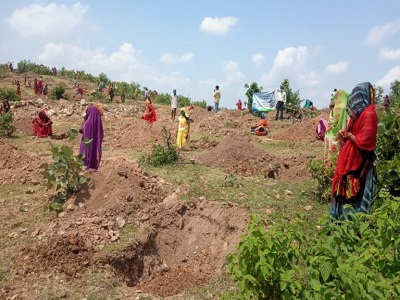
Jal Panchayat

Jal Manthan
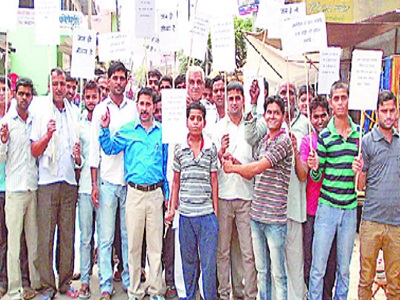
Pani Bachao Rally
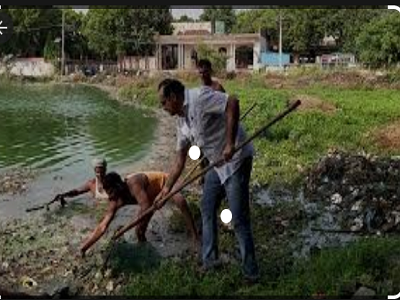
Dujana Pond Restoration

